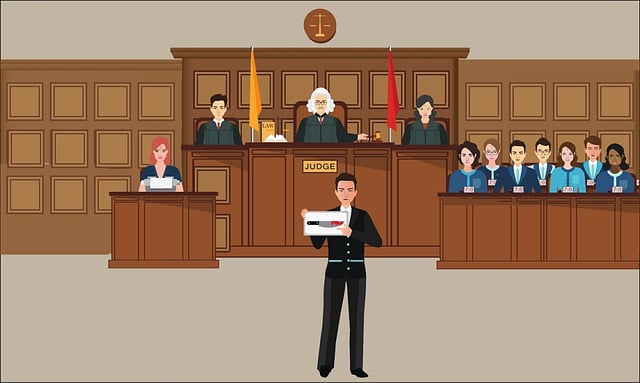After an accident, take a systematic approach: assess injuries, gather evidence like photos and medical records, document healthcare interactions, and identify responsible parties. This process, vital for a successful accident claim, involves understanding accident type, evaluating negligence, and quantifying impact through detailed records of physical and emotional well-being. Key to building a strong case, documentation should include high-quality photos, witness statements, and organized medical records, accessible digitally for legal representation.
Starting an accident claim can seem overwhelming, but taking structured steps ensures a smoother process. First, thoroughly assess your accident situation and gather crucial evidence, including photos, witness statements, and medical records. Next, select the right legal representation; consider hiring a qualified lawyer or using a claims management service to navigate the complexities. Finally, follow a step-by-step guide to filing your claim with the appropriate authority or insurance company, paying close attention to deadlines and potential appeals processes.
- Assess Your Accident and Gather Evidence
- – Identifying the accident type and extent of injuries
- – Documenting evidence: photographs, witness statements, medical records
Assess Your Accident and Gather Evidence

After an accident, it’s crucial to take a step back and thoroughly assess what happened. This involves understanding the nature and extent of your injuries, gathering evidence that supports your case, and identifying all parties responsible. In the case of car accidents, this might include taking photos of the scene, exchanging information with other drivers involved, and seeking medical attention for any injuries, including those that may not be immediately apparent.
For incidents involving medical malpractice or personal injury, it’s essential to document every interaction with healthcare providers and record all communications related to your treatment. This can include medical records, bills, prescriptions, and any correspondence with insurance companies or legal representatives. Promptly gathering this evidence will help when navigating the accident claim process, ensuring a stronger case for compensation from a personal injury attorney.
– Identifying the accident type and extent of injuries

Identifying the type of accident and comprehending the extent of your injuries are crucial steps in initiating an accident claim. The first step involves a thorough assessment of the incident, considering factors such as negligence, fault, and the nature of the collision. For instance, distinguishing between a car crash, a slip and fall, or a truck accident will dictate the legal approach for your accident claim. Each type of incident may lead to different types of property damage claims and injuries, from minor cuts and bruises to more severe truck accident injuries requiring extensive medical treatment.
Evaluating your physical and emotional well-being is essential in quantifying the impact of the accident. Documenting all visible injuries, medical diagnoses, and subsequent treatments will strengthen your claim. In cases where the accident has caused significant property damage or resulted in a breach of contract (e.g., if you were involved in an accident due to another party’s contractual negligence), this detailed record becomes even more critical. It ensures that your accident claim is accurately represented, enabling fair compensation for any suffered losses.
– Documenting evidence: photographs, witness statements, medical records

When pursuing an accident claim, documenting evidence is crucial. Capture every detail of the incident with high-quality photographs that show the scene, damages to vehicles or property, and any visible injuries. Record witness statements to gain different perspectives of what transpired. These accounts can be invaluable in supporting your version of events. Additionally, medical records are essential for documenting the extent of your injuries, especially if they’re significant or long-term. Keep detailed notes on your treatment, procedures, and recovery progress.
For more severe cases, like those involving defective products or caregiver negligence that lead to serious injuries, these documents can be pivotal in building a strong case. Ensure you organize this evidence carefully and digitally, making it easily accessible for your legal representation when they need it most.
Starting an accident claim can seem daunting, but with careful assessment and thorough documentation, you can navigate the process effectively. Remember, gathering evidence is crucial for a successful claim. From identifying the accident type and extent of injuries to collecting photographs, witness statements, and medical records, each step contributes to building a compelling case. By following these steps, you’ll be well on your way to securing the compensation you deserve for your accident-related damages and ensuring justice is served.




